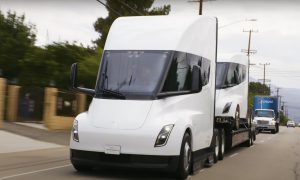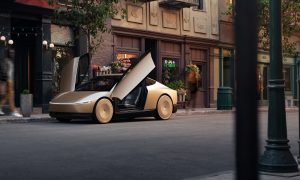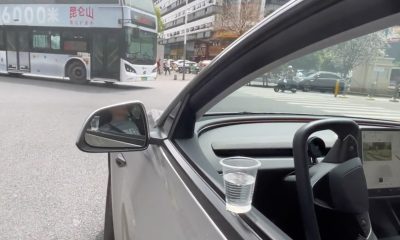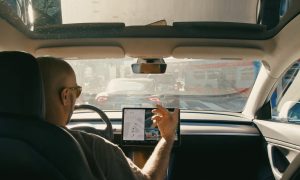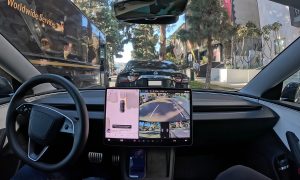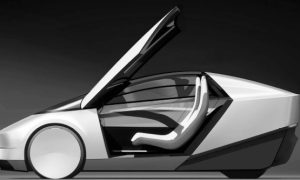News
Your Tesla will become a humanless chauffeur, summoned via app
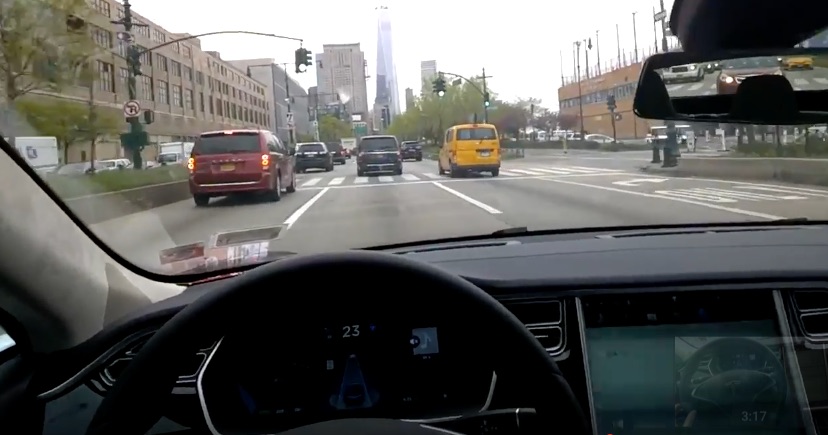
Your Tesla eases its way through the choked streets of Los Angeles and climbs the Sierra Nevada. It glitters with the lights of Las Vegas before continuing over to Yellowstone National Park, where the geysers blow and the buffalo stare from roadsides. Meandering through the Badlands and by Mount Rushmore, it pushes upward in elevation into the Rockies and then down to Denver. After the Tesla powers past the Midwest’s cornfields, it propels its way through Chicago’s multiple highway lanes, wedged between tractor trailers. In the final leg of the trip, the Tesla dips and zips through Pennsylvania’s rolling hills and maneuvers through the congested streets of Times Square, parking itself.
These Northern route stats: 3,241 miles in 54 hours, and your Tesla did all the driving for you. It was capable of seeing through heavy rain, fog, dust, and two cars ahead.
That’s the vision, or Tesla Vision, rather, of the not-so-distant future as announced by Tesla CEO Elon Musk during a press conference call on Wednesday, October 19. Outlining a future of self-driving cars, Musk set a goal for Tesla to make a fully autonomous road trip from Los Angeles to New York by the end of 2017. The trip would occur “without the need for a single touch” from the driver, including recharging the car’s battery. Owners would be able to Summon their vehicle, through a press of a button on an app, and the car would drive itself to wherever they are and pick them up – even if it’s across the country. The vehicle would charge on its own along the way without human intervention using something similar to the Snakebot that Tesla revealed last year.
“Our goal— I feel pretty good about this goal — we’ll be able to do a demonstration drive of full autonomy all the way from LA to New York. So basically from a home in LA to, let’s say. dropping you off in Times Square, in New York, having the car park itself by next year. Without the need for a single touch, including the charger.”, says Musk.
When you want your car to return, tap Summon on your phone. It will eventually find you even if you are on the other side of the country
— Elon Musk (@elonmusk) October 20, 2016
This Level 5 “full self-driving or driverless capacity” will now be available on the 2,000 cars a week that Tesla is currently manufacturing. That means the Tesla Model S and Model X vehicles in production as well as the upcoming Model 3 will have what Musk terms “Hardware 2,” which allows for full self-driving capability at “a safety level substantially greater than that of a human driver,” according to Musk. The hardware includes:
- 8 surround cameras which provide 360 degree visibility around the car at up to 250 meters of range;
- 12 updated ultrasonic sensors that allow detection of both hard and soft objects at nearly twice the distance of the prior system; and,
- a forward-facing radar with enhanced processing that provides additional data on a redundant wavelength.
The system, which has been more than a year in testing, will see continual software updates as the system learns through data collected from ‘Shadow Mode’ and self-driving algorithms are refined. Musk said that it would be some time before Tesla’s software would advance to meet capabilities of Hardware 2, so it will be disabled until it “reaches parity following full validation with Hardware 1, probably in December.” Updates are likely to occur every 2-3 months thereafter. Nonetheless, and in lieu of required regulatory approval, Musk claims that the safety level of this autonomous driving will be at least twice that of a human, or better.
Tesla’s current Autopilot system has been replaced with a newer generation ‘Enhanced Autopilot’ that will leverage the new suite of sensors to provide more precise lane keeping, lane changes without driver input, the ability to exit freeways, and an overall smoother and safer experience. Enhanced Autopilot and the Fully Self-Driving Capability, autonomous mode, is being made available through Tesla’s Model S and Model X Design Studio as optional upgrades.
Elon Musk
Tesla Full Self-Driving’s European launch frustrations revealed by Elon Musk
Tesla plans to launch Full Self-Driving in Europe later this year, but regulatory bodies are proving to make it a bigger challenge than it needs to be.
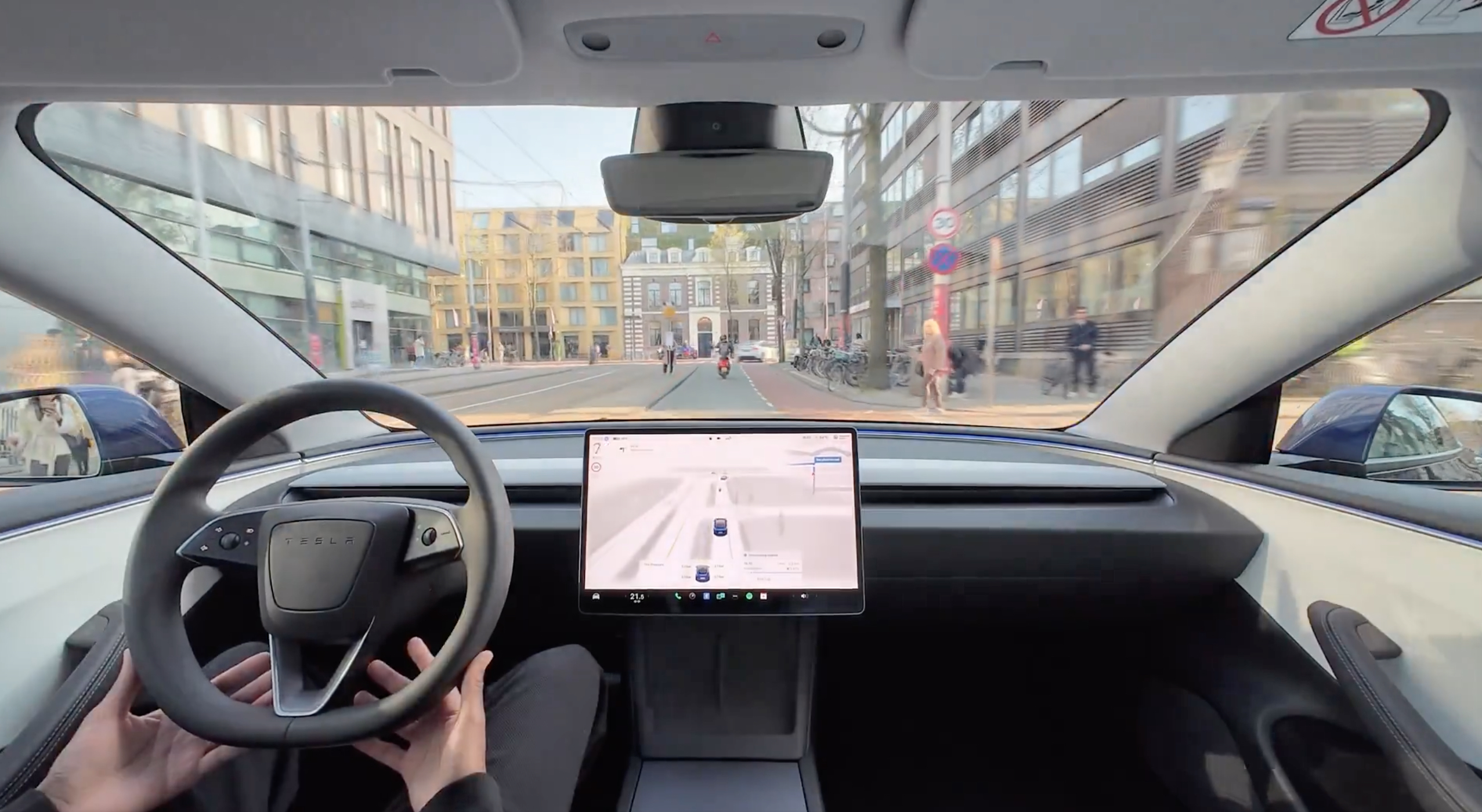
Tesla Full Self-Driving is set to launch in Europe in the future, but the region’s governing bodies are not giving the suite any chance to move forward, according to CEO Elon Musk, who blames the regulatory processes for robbing citizens of a safer mode of travel.
The automaker revealed late last year that it planned to bring Full Self-Driving to Europe sometime in 2025. However, Musk said that the launch of the suite is being continuously prolonged by both individual and European Union officials, dragging their feet with approvals.
In a post on X on Wednesday, Musk said the company is still dealing with and waiting for approvals from both the Dutch government and the EU’s governing officials, giving an indication that some progress has been made, but ultimately, there are still some bodies that are taking their time:
Waiting for Dutch authorities and then the EU to approve.
Very frustrating and hurts the safety of people in Europe, as driving with advanced Autopilot on results in four times fewer injuries!
Please ask your governing authorities to accelerate making Tesla safer in Europe. https://t.co/QIYCXhhaQp
— Elon Musk (@elonmusk) June 11, 2025
He continued by stating that the delays are “very frustrating” and they “hurt the safety of people in Europe” because of Autopilot’s statistical prowess, which shows it is much safer than human drivers.
Tesla is readying for the launch of a completely driverless Robotaxi platform in the U.S., which is set to occur in the coming days. While the initial rollout of the platform will be reserved for a select few, public rides are slated for June 22, meaning anyone will be able to come to Austin and hail a Tesla Robotaxi through the company’s smartphone app.
The first Robotaxi without a driver was spotted in Austin yesterday and shared on X:
First Tesla driverless robotaxi spotted in the wild in Austin, TX
Musk dropped several hints that the Robotaxi launch, which has been rumored for June 12, is imminent. For now, the operation will take place in Austin and will eventually expand, likely to California next, as noted in past reports. The City’s official website confirmed that Tesla gained a license as an Autonomous Vehicle operator in the City of Austin earlier this week.
Tesla applied for a similar license in California earlier this year.
Energy
Tesla Lathrop Megafactory celebrates massive Megapack battery milestone
The Tesla Megapack is the backbone of Tesla Energy’s battery deployments.
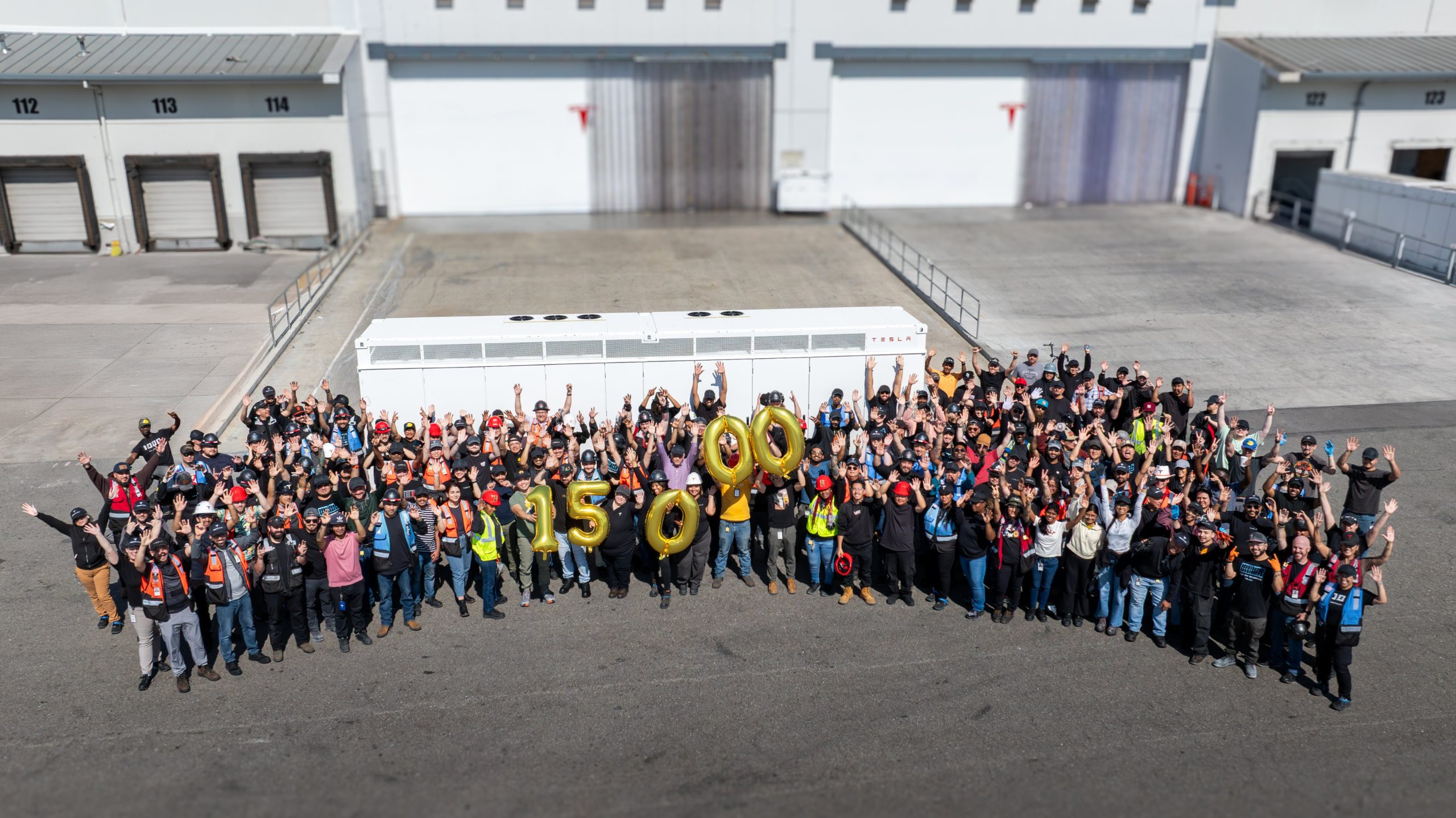
The Tesla Lathrop Megafactory recently achieved a new milestone. As per the official Tesla Megapack account on X, the Lathrop Megafactory has produced its 15,000th Megapack 2 XL battery.
15,000 Megapack Batteries
Tesla celebrated the milestone with a photo of the Lathrop Megafactory team posing with a freshly produced Megapack battery. To commemorate the event, the team held balloons that spelled out “15,000” as they posed for the photo.
The Tesla Megapack is the backbone of Tesla Energy’s battery deployments. Designed for grid-scale applications, each Megapack offers 3.9 MWh of energy and 1.9 MW of power. The battery is extremely scalable, making it perfect for massive energy storage projects.
More Megafactories
The Lathrop Megafactory is Tesla’s first dedicated facility for its flagship battery storage system. It currently stands as the largest utility-scale battery factory in North America. The facility is capable of producing 10,000 Megapack batteries every year, equal to 40 GWh of clean energy storage.
Thanks to the success of the Megapack, Tesla has expanded its energy business by building and launching the Shanghai Megafactory, which is also expected to produce 40 GWh of energy storage per year. The ramp of the Shanghai Megafactory is quite impressive, with Tesla noting in its Q1 2025 Update Letter that the Shanghai Megafactory managed to produce over 100 Megapack batteries in the first quarter alone.
Tesla Energy’s Potential
During the first quarter earnings call, CEO Elon Musk stated that the Megapack is extremely valuable to the energy industry.
“The Megapack enables utility companies to output far more total energy than would otherwise be the case… This is a massive unlock on total energy output of any given grid over the course of a year. And utility companies are beginning to realize this and are buying in our Megapacks at scale,” Musk said.
News
Tesla launches “TeslaVision” video contest to celebrate Model Y deliveries
The program marks a revival of Tesla’s popular Project Loveday initiative back in 2017.
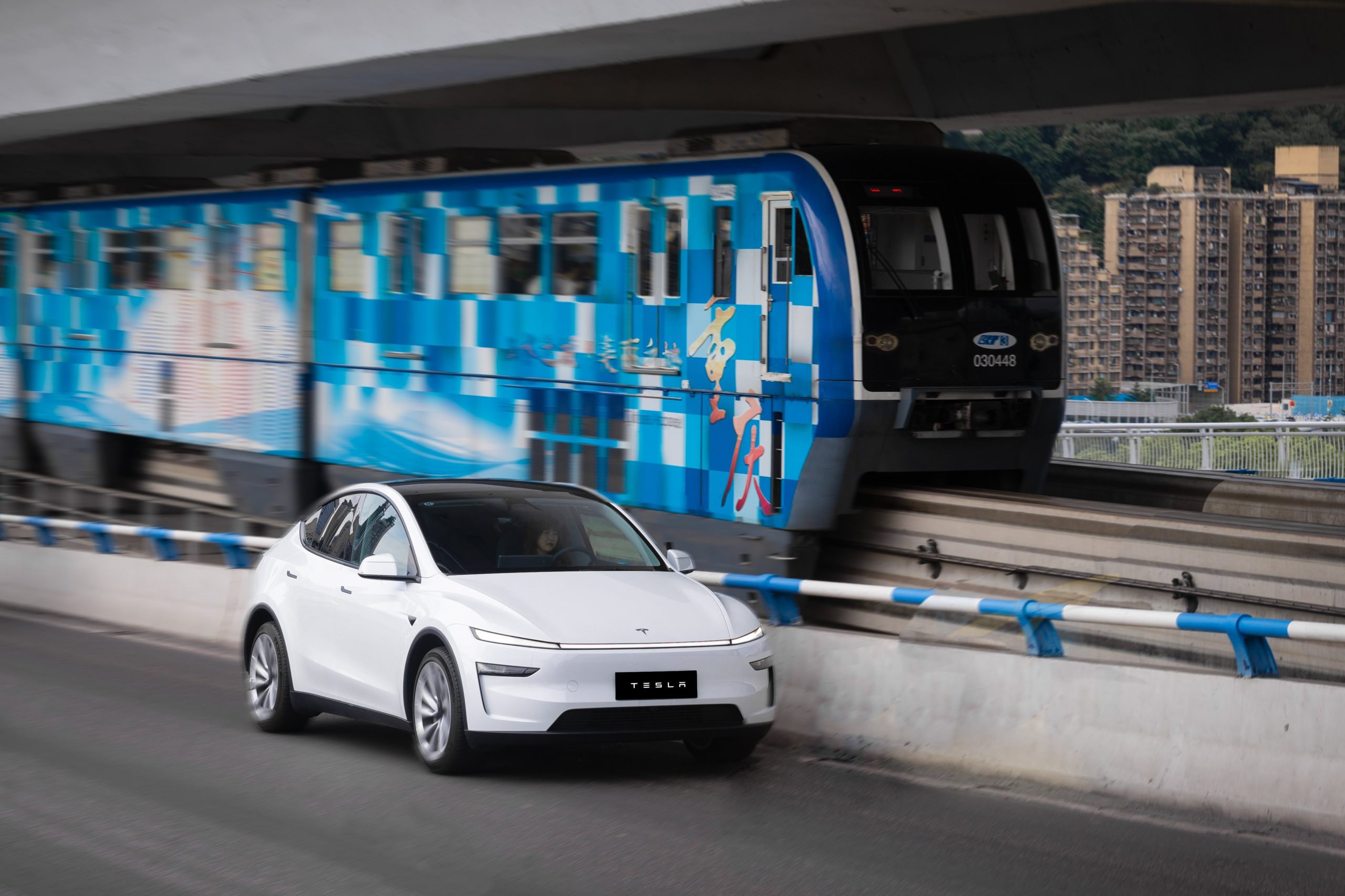
Tesla has announced the TeslaVision Contest, a global video showcase inviting fans and owners to highlight the impact of the company’s vehicles on people.
The program marks a revival of its Project Loveday initiative in 2017, which was extremely well-received by the electric vehicle community.
A Contest to Celebrate the New Model Y
As per the TeslaVision contest’s official website, the program is being rolled out to commemorate the launch and deliveries of the new Model Y across all continents. Thus, the contest could be seen as a global celebration and showcase of owners and fans who made Tesla the household brand that it has become today.
Participants are tasked with creating a 90-second or shorter video demonstrating how Tesla vehicles provide “more freedom, more safety, more fun, more convenience.” Submissions must be uploaded to YouTube and shared on X and Instagram with the tag @Tesla and the phrase “TeslaVision contest.”
Videos must align with Tesla’s mission to accelerate sustainable energy, be suitable for all ages, and avoid references to non-Tesla brands. English text or voice-overs are required, and entrants must relinquish rights to their content for Tesla’s commercial use.
A Big Prize Awaits
When Tesla launched Project Loveday in 2017, the company noted that the contest’s winner would receive an all-expenses paid invitation to an upcoming Tesla product launch. For TeslaVision, the grand prize is a lot more tangible, with the winner receiving a new Model Y AWD. They will also get an all-expenses-paid trip to Gigafactory Texas. Second and third-place winners will also receive a Giga Texas tour.
Finalists will be selected based on creativity, originality, relevance to the prompt, and entertainment value. Tesla will shortlist 100 videos, with the top 10 subject to public voting to influence the final judging. The contest is open to legal residents of the United States, Mexico, and Canada, aged 18 or older, with a valid driver’s license and Tesla account. No purchase is necessary, though entries are limited to just one per person.
-
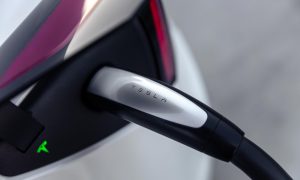
 News2 weeks ago
News2 weeks agoTesla to lose 64 Superchargers on New Jersey Turnpike in controversial decision
-
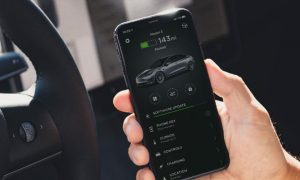
 News2 weeks ago
News2 weeks agoTesla gets major upgrade that Apple users will absolutely love
-

 News3 days ago
News3 days agoI took a Tesla Cybertruck weekend Demo Drive – Here’s what I learned
-
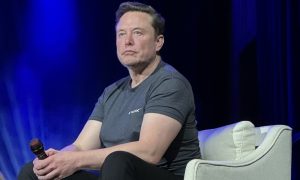
 Elon Musk2 weeks ago
Elon Musk2 weeks agoTesla investors demand 40-hour workweek from Elon Musk
-
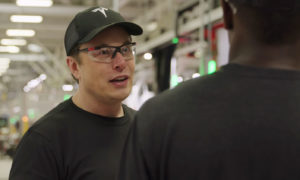
 Elon Musk1 week ago
Elon Musk1 week agoElon Musk explains Tesla’s domestic battery strategy
-
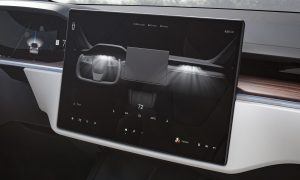
 News2 weeks ago
News2 weeks agoTesla rolls out new crucial safety feature aimed at saving children
-
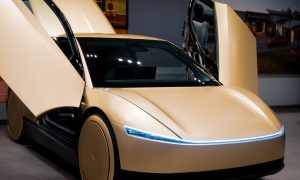
 Elon Musk2 weeks ago
Elon Musk2 weeks agoTesla lands on date for Robotaxi launch in Austin: report
-
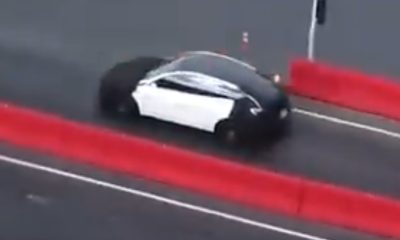
 News2 weeks ago
News2 weeks agoTesla’s apparent affordable model zips around Fremont test track


